Boston’s residential neighborhoods are thriving, while downtown struggles
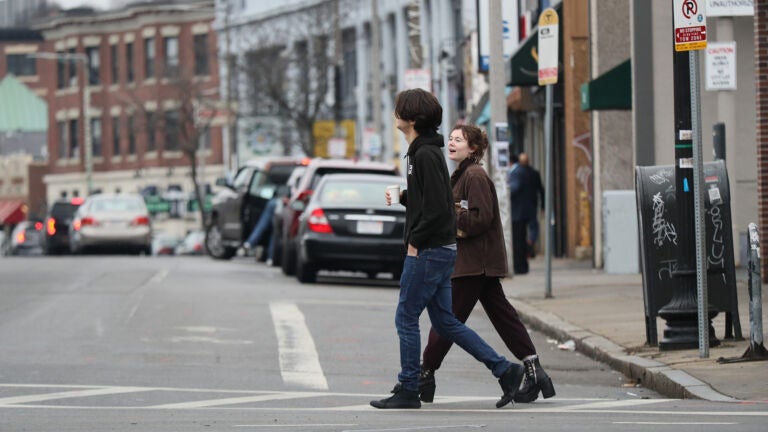
Throughout the pandemic, Edward Boches spent much of his time flitting through Allston with a camera slung across his chest. He photographed graffiti-splattered bridges, unmanned store counters, snow-covered signs, and buildings old and new.
So when the malaise of COVID began to dissipate, Boches noticed the return of street life to “Rock City”: hungry diners lining up outside Lulu’s for breakfast totchos, a run on T-shirts at Vivant Vintage, and a string of new Korean restaurants.
“The businesses seem to be making a comeback,” Boches concluded in mid-February, “though maybe a bit slower than they thought.”
That they are. While the Financial District and Downtown Crossing trudge through the pandemic recovery, the outer neighborhoods of Boston are alive with activity that rivals the Before Times.
An analysis of commercial property data from CoStar, a real estate information provider, shows that 12 Greater Boston neighborhoods have fewer empty storefronts than the Financial District. In Allston, for example, just 2.8 percent of the shops were empty in the end of 2022, compared with 7.4 percent downtown. Five neighborhoods — Mattapan, Hyde Park, Dorchester, Roslindale, and Seaport — had vacancy rates below 2 percent.
And by last October, in-person consumer spending had rebounded to pre-pandemic levels in most of the 20 neighborhoods the Boston Planning and Development Agency tracks using data from Mastercard. Spending in Allston was down just 7 percent between July 2021 and October 2022, compared with 2019. Downtown, it plunged by 29 percent during that same period.
Businesses outside the center of the city are not spared from the macroeconomic plagues of today: inflation, ballooning electricity bills, and a dearth of labor. “Those problems are not going away,” said Greg Cummings, owner of the Allston smoke shop Buried Treasures. But a certain vibrancy is back in the air, and along with it, crowds and money.
People are staying closer to home or spending time in enclaves far from the intersection of the hub of the MBTA subway system, said Angela Van Arsdale, a retail leasing broker at GraffitoSP. It’s something of a renaissance for parts of Boston that are less flashy than Newbury Street.
Such neighborhoods ”have become a high priority for operators to look into,” she added.
The question is, why?
It starts with people. Dense residential neighborhoods bounced back from the pandemic faster than downtown Boston, because there are more people milling about or working remotely, said Jeff Speck, an urban planner and author of “Walkable City: How Downtown Saves America, One Step at a Time.” They are likely to stop by community events and patronize nearby businesses at all times of day, a phenomenon that Speck dubbed “time spread.”
Downtown does not have that built-in advantage. Retail and tourism business has helped Back Bay and the Seaport find its footing again. But office workers have yet to return to the Financial District in full force, five days a week, and the area does not have enough residents to compensate for the loss of the sidewalk traffic from commuters. Sandwich shops that once were busy every day of the week now make do with part-time schedules. Cobblers are generating a fraction of their business from 2019.
The consequences? Less life on the streets, and more ghostly storefronts.

Other parts of the city where people live ― not just work ― don’t evoke that deserted feel, Speck said.
“When you have a retail heart of a neighborhood that is fundamentally accessed by residents, something like COVID will not have the same negative impact.”
That principle is being felt everywhere. New restaurants, including Tonino and Third Cliff Bakery, have popped up on Centre Street in Jamaica Plain. And tables at The Quiet Few, a laid-back whiskey tavern in East Boston, are filled by as early as 4:30 p.m. on Fridays.
“That was something you would see at a downtown bar, but not a neighborhood bar,” said Andrew Pike, a Quiet Few regular.
In Hyde Park, shows at the Riverside Theatre Works are selling out, said executive director PJ Terranova. “I’m an optimist, so I see this is a shift in the way we operate. The people in Hyde Park — people everywhere, really — are supporting the places around the corner, and they’re thriving.”
Take Allston, for example. Its traditional population of college students and artists have returned in numbers since the onset of the pandemic. Many shop and dine close to home, a boon for small businesses, said Alex Cornacchini, director of Allston Village Main Streets. Fewer than 10 percent of storefronts have closed since 2020, but “nearly all of those have been replaced by something else,” including a Korean barbeque spot and a mochi doughnut shop.
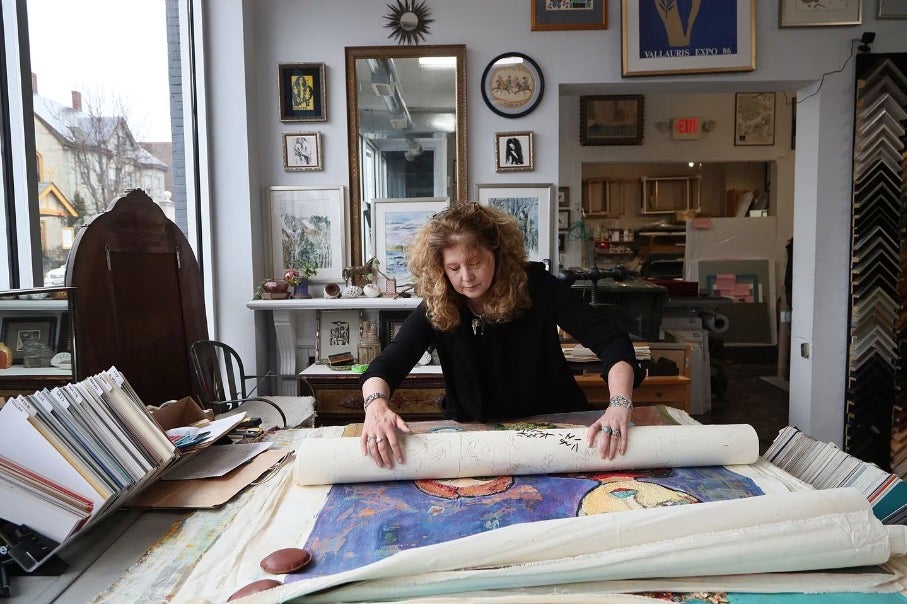
On a recent Wednesday, old and new stores were busy. Customers bought beer at Blanchards, coffee from Cafe Brazil, and bubble tea at TeaMoji.
TeaMoji co-owner Thu Nguyen said empty seats are difficult to come by at her business now. Locals nab them to sip on brown sugar tea and gossip, or graduate students get cozy while working on research. A Chinese comedy night on Fridays brings in crowds, too. Sales of banh mi have helped to offset rising rent and food prices, Nguyen said.
“Not everything is perfect, but people are coming from around Allston,” she added. “It’s a young town alive again. Allston two years ago at the start of COVID and two years after — it’s a totally different world.”
Julie Tran of One Stop Cleaners feels the same way.
COVID dried up her business, which alters wedding dresses and cleaning suits, forcing her to lay off several employees. But at least half of her customers have since returned. When approached by a reporter, Tran was transferring a blue Ralph Lauren sweater to the dryer, answering the phone, and writing receipts for neighbors dropping off bags of laundry.
“You see?” she said after a customer walked out. “We’re doing better. We don’t have to close.”
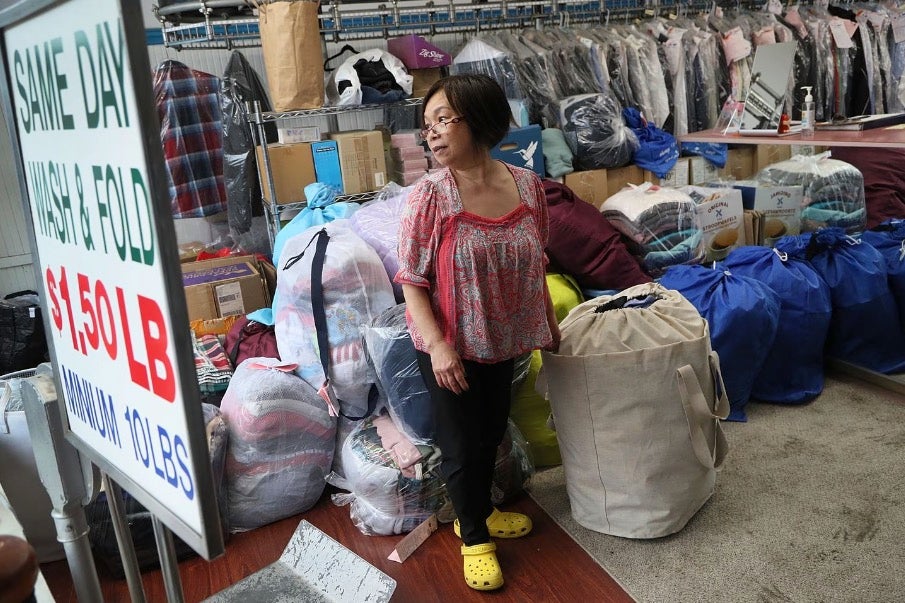
The revival of resident neighborhoods also has to do with economics.
A storefront that goes for $90 per square foot downtown could lease for around $40 in the urban edge areas, said Whitney Gallivan of Boston Real Estate Advisors.
Rent “in the neighborhoods could be a quarter of what it is in Newbury or the Seaport,” she said. “You’re getting the charm and the foot traffic because people are home more, but for a lot less money.”
That may be the case in Allston. In 2022, an influx of entrepreneurs petitioned to open in the neighborhood’s few vacant storefronts through the city community review process. Among them are a food court looking to launch on Brighton Avenue and two marijuana dispensaries competing to open within 300 feet of one another.
The only languishing storefronts are around Harvard Avenue, in spaces where rents are high and property owners are holding out for a better-funded tenant, said Cornacchini, director of the local Main Streets. “They want a bank or a chain,” he added. “Not a small business.”
Yet some feel money has little to do with the neighborhood boom.
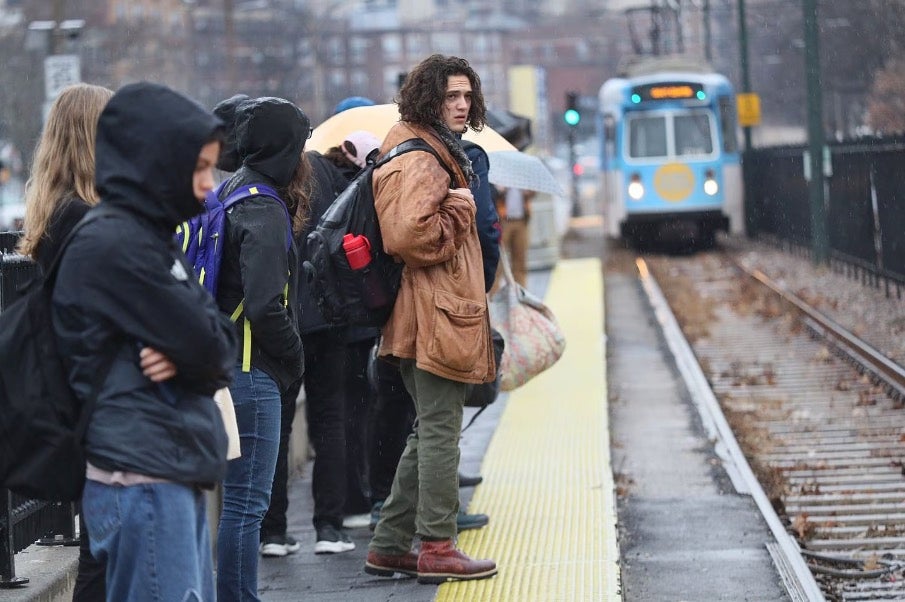
During the height of COVID, when many people were forced to shop online, they watched small businesses in their neighborhoods crumble. Liz Woodward, director of strategy for the creative consulting firm Isenberg Projects, said the renewed bustle may show how much residents value stores and services in close proximity to where they live.
“The pandemic showed us how precarious the ecosystem of Main Street has really been all along,” Woodward said. “People realized that shopping local really is not just about shopping in the Greater Boston area. It’s about shopping within your own ZIP code.”
From inside Artful Edge Framing, owner Kimberly Wilkins has watched the impact of that thinking in real time. Orders from offices and hospitals inevitably plummeted in 2020. But the number of clients looking to frame diplomas and family portraits for their homes — in Allston, Watertown, Natick, and beyond — went up.
Why, she wondered?
“Well, some folks just don’t want to see small neighborhood businesses go underwater.”
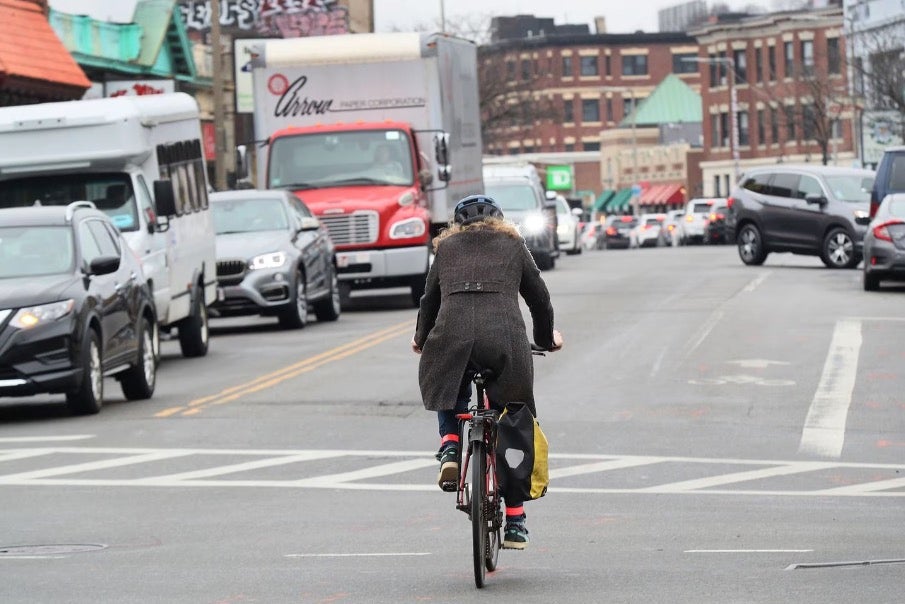
– Suzanne Kreiter / The Boston Globe



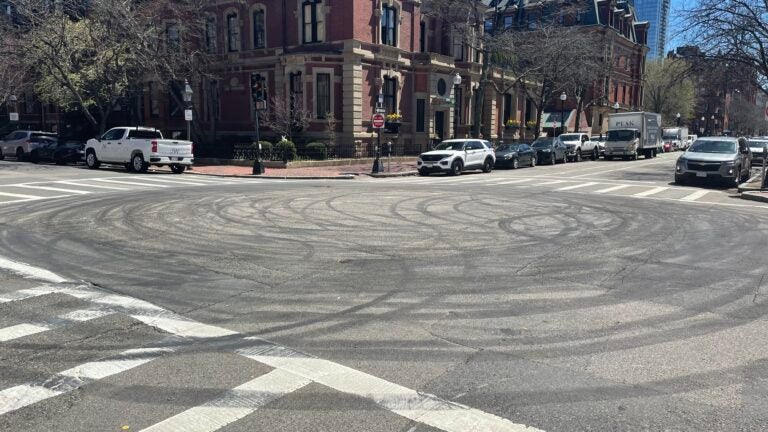
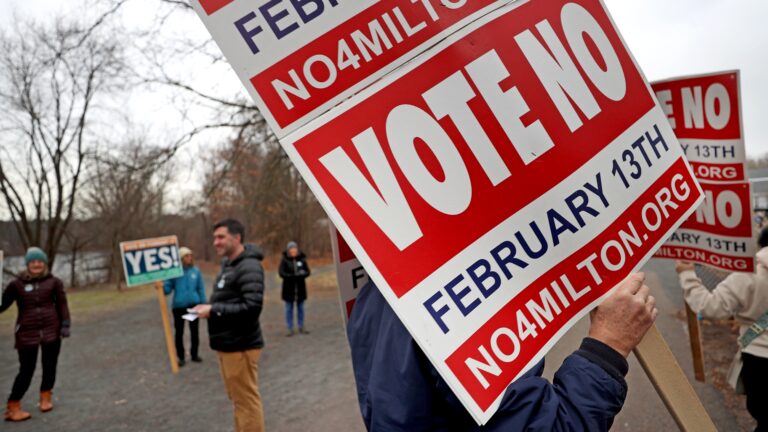


Conversation
This discussion has ended. Please join elsewhere on Boston.com